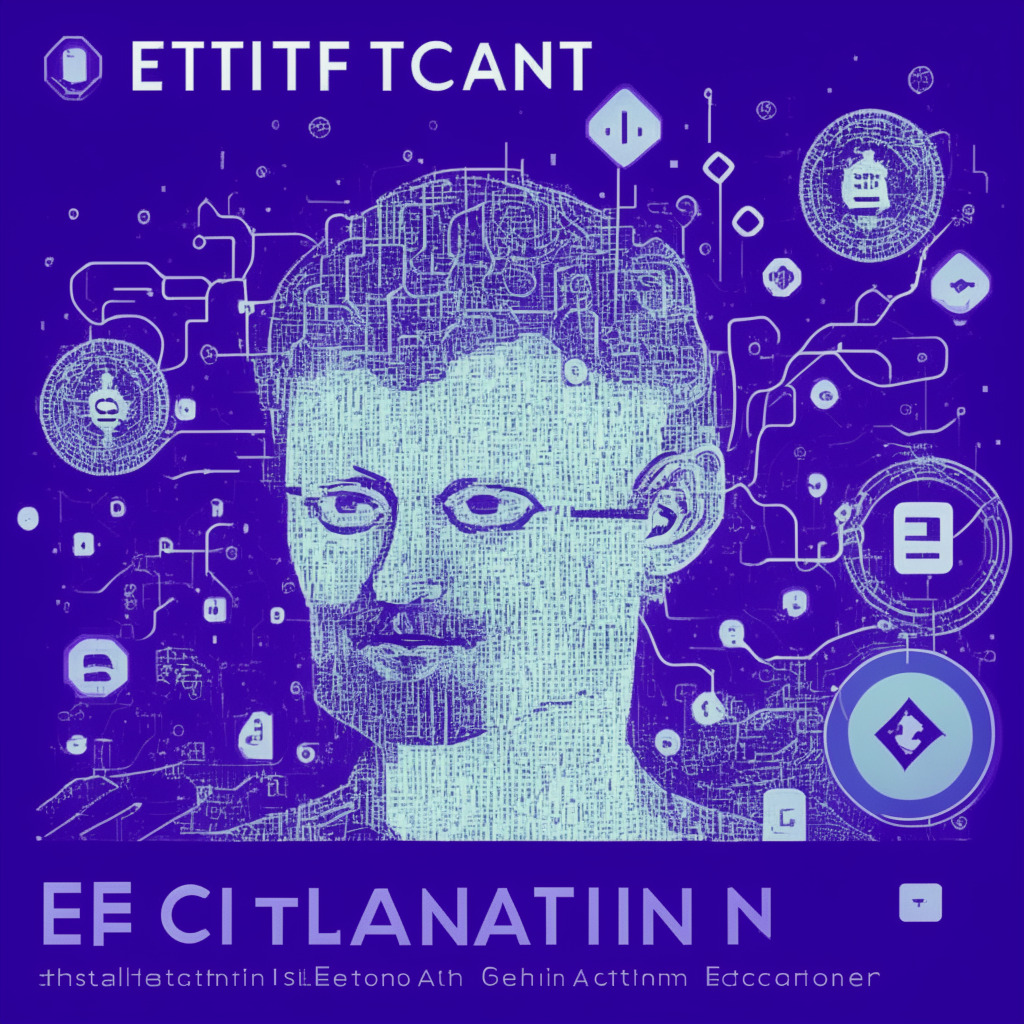The launch of Raft’s new U.S. dollar stablecoin called R, backed by a single crypto asset, liquid staking leader Lido’s staked ether (stETH), has generated buzz in the world of cryptocurrency. Featuring both hard- and soft-peg mechanisms, the stablecoin maintains its price around $1, according to the protocol’s documents. Raft’s stablecoin is proclaimed as “the first stablecoin collateralized by Lido Staked Ether (stETH)”, marking it as a unique offering in the financial world.
Larger stablecoins like Tether’s USDT and Circle Internet Financial’s USDC find their backing from conventional assets such as U.S. Treasurys, although success in the crypto-backed stablecoin space has been a mixed bag. MakerDAO’s DAI, which is collateralized by a combination of Ethereum-based tokens, stablecoins, and real-world assets like U.S. government bonds, has accumulated around $4.6 billion of market capitalization. In contrast, Do Kwon’s UST – backed by his LUNA token – experienced a spectacular collapse a year ago.
However, Raft’s stablecoin R and DAI have some notable distinctions when compared to Kwon’s ill-fated experiment. While neither R nor DAI hold old-school bonds, their assets are issued by unrelated entities, distancing them from Kwon’s self-issued token. Following the U.S. banking crisis in March, which led to the depegging of multiple stablecoins, including USDC, several crypto protocols began looking for alternatives to avoid inherent risks associated with fiat assets as collateral. This has led to a heightened focus on shielding stablecoins from ongoing regulatory pressures and exposure to banks.
The deployment of Raft’s lending protocol allows users to deposit stETH and borrow a minimum amount of $3,000. Raft’s Head of Marketing, Tony T., in an exclusive interview with CoinDesk, explained that this strategic design choice aims to attract large players in the liquid staking ecosystem. In addition, Tony T. highlights that this decision ensures a healthy balance in the protocol while providing adequate incentives for coverages in the rare event of a position requiring liquidation.
In conclusion, Raft’s stablecoin R, backed by Lido’s stETH, is an innovative venture, pushing the boundaries of what crypto-backed stablecoins can achieve in contrast to conventional asset-backed counterparts. As the first stablecoin of its kind collateralized by stETH, it remains to be seen whether Raft’s stablecoin will pave the way for a new wave of stablecoins designed to avoid the pitfalls faced by previous crypto-backed initiatives or face similar challenges. Until then, the crypto enthusiast community will undoubtedly keep a close eye on the developments surrounding Raft’s stablecoin R.
Source: Coindesk




